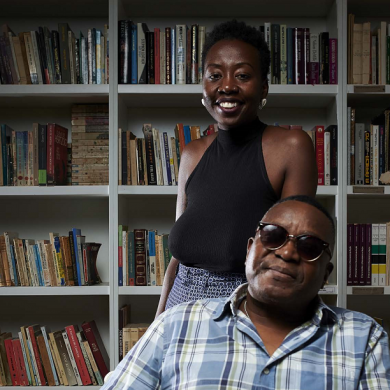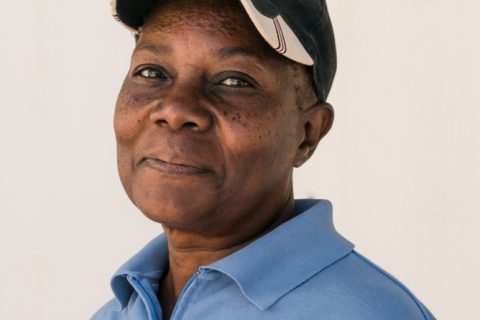A glass house

When environmentalist Carlos Serra launched the beach cleaning campaign in 2015, he realised that the garbage that invaded Costa do Sol was not just made of plastic. There was a lot of glass: whole bottles, broken pieces and the like, a real danger for users. There were tens of thousands of bottles of all kinds that “glimmered” among the grains of sand. Plastic had been regularly collected and some recycling projects had already emerged, part of a complete value chain. But for glass there was no use despite being much more valuable.
After all, glass can be infinitely recycled without ever losing its qualities. Recycling glass saves raw materials and limits the opening of new quarries. Glass produced from glass waste reduces air pollution by 20% and water pollution by 50%. The energy saved by recycling a glass bottle can light a 100 watt light bulb for 5 hours.
Advertising
“During the pandemic – says Serra – we followed the glass path along the entire Mozambican coast. It’s not just about bottles thrown away by people. Much of the glass, along with other heavy material, comes directly from the drainage ditches.”
Low environmental awareness, lack of a retention system in ditches and lack of market for this type of material gave rise to an idea. Why not use the glass to build? There are also those who, instead of bricks, use glass bottles to build their houses.
With the support of the Norwegian cooperation and some private ones (CDM and the Macaneta Beach Resort), Carlos Serra’s association got their hands “on the glass” and built the Glass House in Macaneta.
The collection campaign was launched, collectors in the communities were paid 1 metical per kilo of glass, only for disposable bottles.
There were 150,000 bottles: the broken pieces replaced the gravel, the glass powder the sand and the bottles were turned into blocks. The construction cost is around 500,000 meticais.
The Glass House shines in this wonderful place, where not a single bush was cut for its construction. The kitchen was built around a coconut tree, the guardian of the food that will be prepared there. The Glass House is self-sustainable, with solar energy and rainwater harvesting, and is the heart of a more ambitious project: the ecocentre in Macaneta, an environmental school, a poem made of signs, which essentially summarises our passage through this world.
Issue 70 Nov/Dec | Download.



































0 Comments